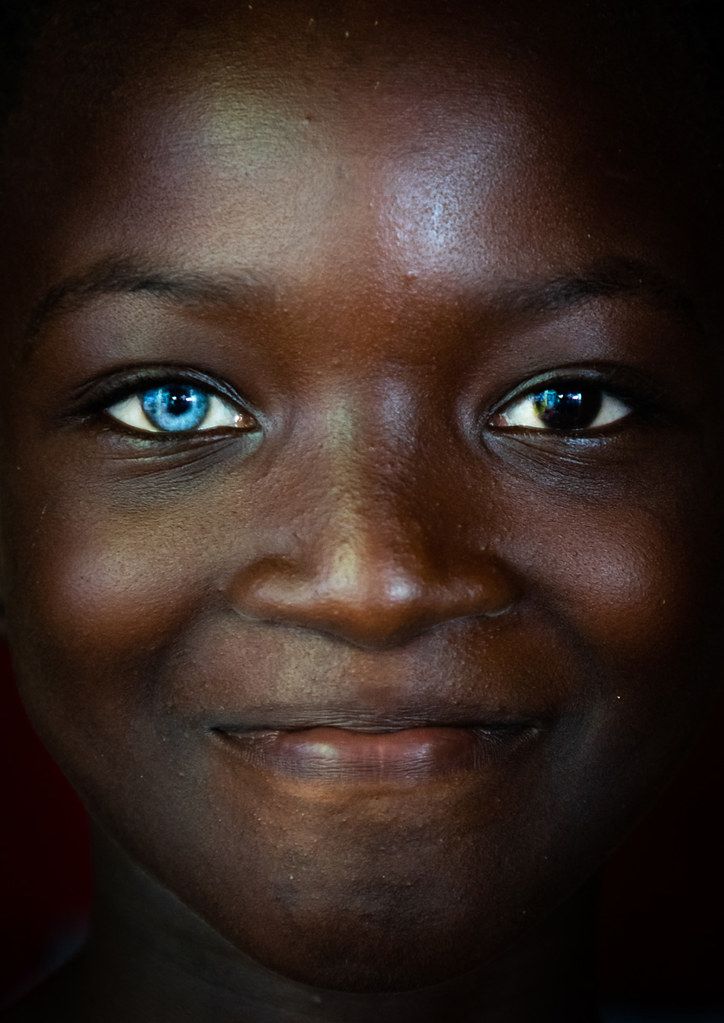Trichromatic theory of color vision
Our color vision is our response to wavelengths. Before understanding trichromatic theory of color vision, let’s make things more understanding. What is color? Is this light? Is this present in objects? Consider you hold a single color piece of cloth. It is of green color. Is light reflected by the cloth is green?
Well the game of perception of color green is that the light reflected by the piece of cloth is of particular wavelength. This wavelength perceives as ‘green’. This is how we generally perceive colors, by perceiving light rays of particular frequency and wavelength. There is a very narrow range of wavelengths of lights that we perceive.

Human eyes cannot perceive radio waves, microwaves, infrared, UV, X-rays and gamma rays. This is quite amazing that we cannot see them though these rays are also present in our surroundings. Let’s imagine that you are cooking chicken for pasta.
You think that the delicious chicken cooks magically but actually there is physics behind it. The microwaves are bombarding your chicken and helping it to get cooked. The order of visible spectrum in ascending order of wavelength is red, orange, yellow, green, blue, indigo and violet. Some birds, bees and animals can see ultraviolet light rays as well. Well these different wavelengths have been categorized into different colors.
Young Helmholtz Trichromatic theory of color vision
British scientist Thomas young proposed that there are different types of color receptors present in our eyes. According to this theory we have three different receptor types. According to this theory our eyes are sensitive to three different types of light wavelengths ranging within a narrow range of light spectrum.
One type of receptors corresponds to small wavelength of light. The second type of receptor corresponds to medium wavelengths of visible light. The last or third type or receptors perceive large wavelength of visible light.
When we see light then it is actually different combination of pattern of activation of these types of receptors. We also call these receptors as blue, green and red cone receptors. Young and Helmholtz did not know at that time that our eyes have actually three different type of cone cells present in the sensory layer of the eye (retina).
Types of cones
These are the types of cone cells present in the retina of the eye.
- Red cones (perceive long wavelengths of visible light spectrum)
- Green cones (perceive medium wavelengths of visible light spectrum)
- Blue cones (perceive short wavelengths of visible light spectrum)

In the diagram, let’s consider the first curve (blue curve) for blue cones. They show maximum sensitivity for blue light and lesser sensitivity for the colors down the curve. Same goes for green and red curves as well.
- Blue cones perceive short wavelengths
- Green cones perceive medium wavelengths
- Red cones perceive large wavelengths
Hence it is quite understandable that any light we see is a combination of activation of these three types of cones. The color spectrum lies somewhere between 400nm to 700nm.
There is a limitation to trichromatic color vision theory. It doesn’t explain after image effect. There are also other colors that are not present in this spectrum but still our brain can perceive these colors. How does this occur?
Opponent process theory
Hence we need another theory that adds on trichromatic theory of color vision. It is opponent process theory. The founder of this theory is Ewald hearing. According to this theory the colors exist in pairs of opposite colors. all the colors in color vision spectrum have opposite colors in pairs. There are primary three pairs of colors for antagonistic responses. These pairs are:
- Red vs. green
- Blue vs. yellow
- White vs. black
It means that a spectrum which lies between green and red color. The type of response it activates will decide whether the color perceived is greener or redder or a color lying in the middle of that spectrum.
In color blindness there is one or more types of cones are missing. The absence of one type of cone affects color sensitivity of its spectrum. Green-blue color blindness is the most common type.
Founder of EyesMatterMost- an optometry student who loves talking about eyes. I tend to cover topics related to optometry, ophthalmology, eye health, eyecare, eye cosmetics and everything in between. This website is a medium to educate my readers everything related to eyes.


